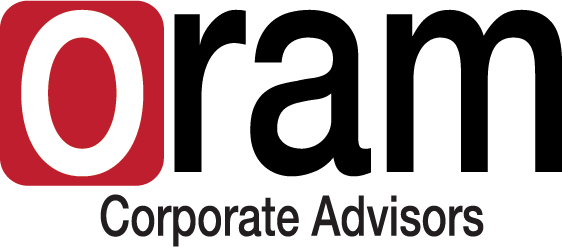Hiring new positions? Get this! PwC found that 59% of Millennial talent place high value on an employer using state-of-the-art technology. Ready for some upgrades?
Small Business
“Confidence comes not from always being right, but from not fearing to be wrong.” — Peter T. McIntyre
“Confidence comes not from always being right, but from not fearing to be wrong.” — Peter T. McIntyre
Building digital trust with your customers through HTTPS
 Google has a deadline for a more secure web, and it’s looming. According to the company’s security blog, “Beginning in July 2018 with the release of Chrome 68, Chrome will mark all HTTP sites as ‘not secure.’”
Google has a deadline for a more secure web, and it’s looming. According to the company’s security blog, “Beginning in July 2018 with the release of Chrome 68, Chrome will mark all HTTP sites as ‘not secure.’”
What does that mean for your business? How will that impact users? Let’s break down what’s changing, what you should do and why it’s important to secure your business site.
The visual changes to the interface
Google plans to make visual changes with the Chrome 68 release. This means that the new interface, once rolled out, will display a message within the URL address bar: “Not secure.” The current version of Chrome shows a notification icon. If a user clicks on it, they will see additional information about the site.
On a site using only HTTP, the popup box promptly displays: “Your connection to this site is not secure.” It includes additional information in a smaller font: “You should not enter any sensitive information on this site (for example, passwords or credit cards), because it could be stolen by attackers.”
On a website that uses HTTPS, the message delivers an expression of trust: “Secure Connection. Your information (for example, passwords or credit card numbers) is private when it is sent to this site.”
What to do for your business website
If you haven’t already set up HTTPS, it’s time to get ‘er done! In December 2017, according to StatCounter, the Chrome browser had a U.S. market share of 48.3 percent. Pretty much half of your customers on your website are using Chrome. Don’t send them a message that you aren’t trustworthy.
Here are some tips on how to present the most secure site for your customers:
- Contact your web host. Most hosting sites will have information about converting websites to SSL and HTTPS.
- Obtain an SSL certificate. There are different levels of certificates for different levels of security depending on whether you want your certificate branded, if you need more than one domain or if you prefer the top-notch “Extended Validation” certificate.
- Install your certificate. Hosting providers often handle this step. Let us know if yours doesn’t, and we can lend a hand! You’ll need to watch out for embedded content that isn’t secure (Google AdWords, Bing Ads, etc.), as they’ll be flagged, sending a warning message to your customers. Yikes.
- Pat yourself on the back for providing your online customers with security. Digital trust matters for all industries and businesses.
Send a message of trust
Your customers will feel more confident doing business with you when there are visual signs of trust on your company website. Your site is a projection of your business. We’ve all become more wary of doing business online now that we’re all much more aware of the threat of hackers.
The importance of setting up a secure business website is simple: you want to send the right message to your customers. Make sure that message tells them they are on a legitimate site, that their transactions are with the business they’re transacting with and that they safely share information. We’ve come to expect and look for certain indicators of trustworthiness. We can help you deliver those to your customers.
Only 40% of industries are digitized. When will your digital transformation happen?
A 2016 McKinsey & Company (@McKinsey) study found that only 40% of industries were digitized. Companies aren’t going digital as fast as you might think! Partner with us to get your digital plan mainstream.
Citigroup refunds $330 million over internal mistake
Citigroup recently acknowledged it made a mistake and will refund $330 million to credit card users.
Today’s farmers are becoming hackers.
Today’s farmers are becoming hackers. “The art of repair is still practiced by a select few in our tech-obsessed culture.” Twelve states have legislation in consideration to address this. How will Big Tech respond?




